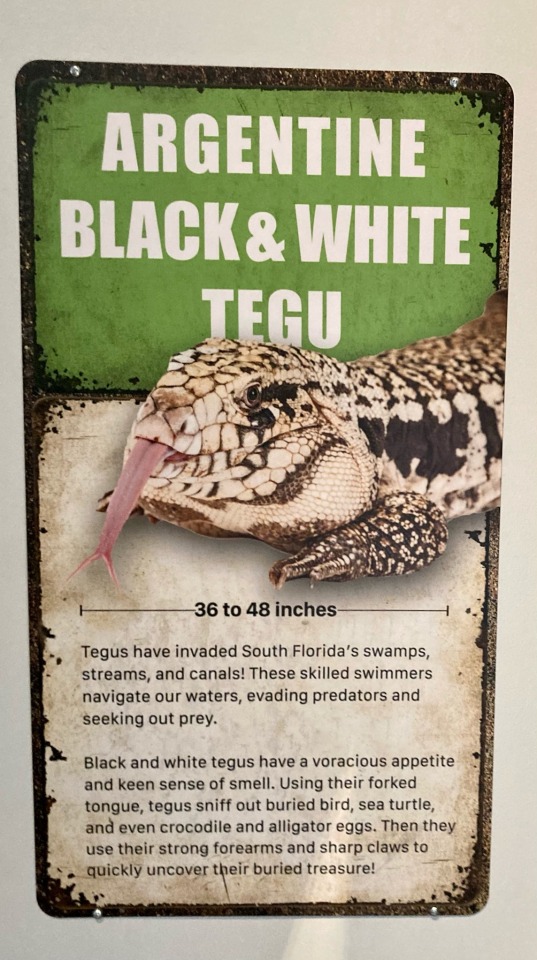#zooilogical park
Text


3/5/21
Zoo Miami, Miami, Florida
Phoenicopterus ruber, or American Flamingo, is the only flamingo that naturally inhabits North America. The American flamingo breeds in the Galápagos Islands, coastal Colombia, Venezuela and nearby islands, northern Brazil, Trinidad and Tobago, along the northern coast of the Yucatán Peninsula, Cuba, Jamaica, Hispaniola (Dominican Republic and Haiti), the Bahamas, Virgin Islands, the Turks and Caicos Islands, Cameron Parish, Louisiana, and in extreme southern Florida. Its preferred habitats are saline lagoons, mudflats, and shallow, brackish coastal or inland lakes. (X)
#Phoenicopterus ruber#american flamingo#miami zoo#zoo miami#Caribbean flamingo#this adventurous life#personal#adventure#explore#florida#travel#explorer of the world#miami#zoo#zooilogical park
3 notes
·
View notes
Text

3/5/21
Koala, Zoo Miami, Miami, Florida
Phascolarctos cinereus is an arboreal herbivorous marsupial native to Australia. The koala has a body length of 24–33 in and weighs 9–33 lbs. Fur colour ranges from silver grey to chocolate brown. The leaves of the Eucalypt trees make up most of their diet. Because this eucalypt diet has limited nutritional and caloric content, koalas are largely sedentary and sleep up to 20 hours a day. They are asocial animals, and bonding exists only between mothers and dependent offspring. Adult males communicate with loud bellows that intimidate rivals and attract mates. Males mark their presence with secretions from scent glands located on their chests. Being marsupials, koalas give birth to underdeveloped young that crawl into their mothers' pouches, where they stay for the first six to seven months of their lives. These young koalas, known as joeys, are fully weaned around a year old. (X)
#Koala#Phascolarctos cinereus#koala bear#this adventurous life#personal#adventure#explore#travel#explorer of the world#florida#miami#zoo Miami#miami zoo#zooilogical park#zoos
2 notes
·
View notes
Text


3/5/21
Argentine Black and White Tegu, Zoo Miami, Miami, Florida
Salvator merianae is an omnivorous species which inhabits the tropical rain forests, savannas, and semi-deserts of eastern and central South America. They are notable for their unusually high intelligence and can also be house-broken. A tegu can drop a section of its tail as a distraction if attacked. The tail is also used as a weapon to swipe at an aggressor; even a half-hearted swipe can leave a bruise. Tegus are capable of running at high speeds and can run bipedally for short distances. Males can grow up to 4.5 ft long and weigh up to 15.4 lbs. (x)
#Argentine black and white tegu#tegu#tegus#herptiblr#herpetology#Salvator merianae#this adventurous life#personal#adventure#explore#travel#explorer of the world#florida#miami#zoos#zooilogical park#miami zoo#zoo miami
3 notes
·
View notes